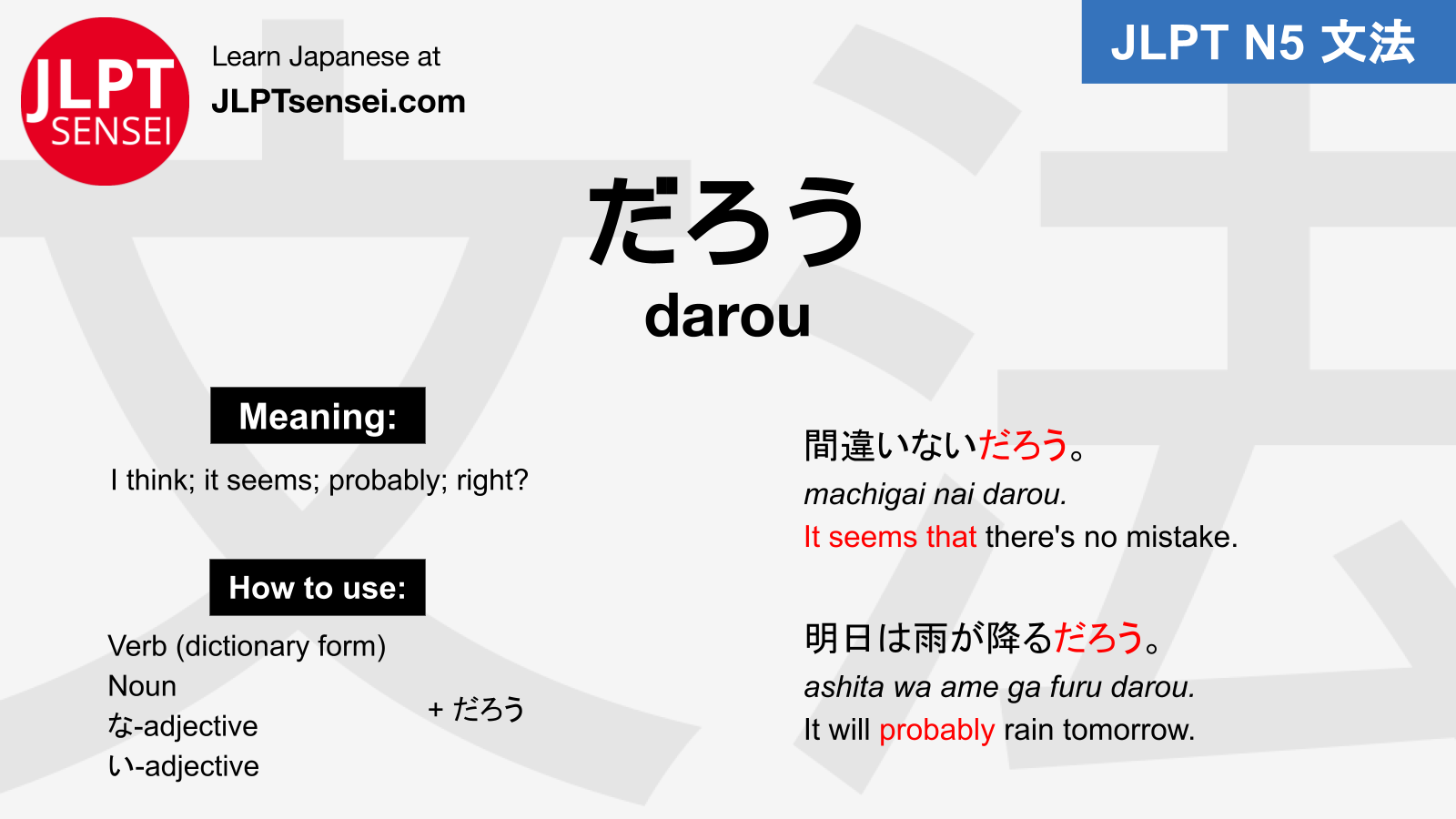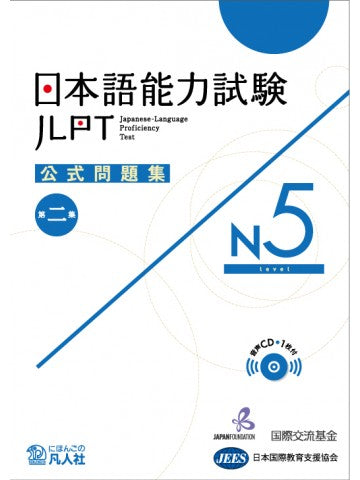

Much to my delight, not only could I understand them, I could actually hold a conversation.Īfter I returned home in April, I thought that my newfound confidence would give me the strength I needed to keep pushing toward the July exam, but due to various personal and work issues I fell off the study bandwagon and let things slide for way too long. This time, I met up with my director and his assistant for dinner again, but this time without our translator. Just the previous year, during the filming of 「 世界!ニッポン行きたい人応援団」, I mostly relied on a translator to communicate with the team and people I met along the way. That trip felt like a watershed moment for me-I’d never taken proper Japanese classes at all before, nevermind entirely in Japanese.

And every day I spent hours traversing the city, meeting baristas, making friends, and striking up conversation to cram as much practice in as possible.

I chose to stay with a Japanese host family who couldn’t speak English, just to push myself a little further out of my comfort zone. I spent 45 solid hours of my trip immersed in intermediate-level Japanese classes in Tokyo without a word of English spoken. Having the N5 and N4 certificates already under my belt (if you’re just starting out, you can read how I self-studied for those exams here), by early 2018 I was ramping up my study schedule ahead of a five-week stint in Japan. If it's not properly cleaned and separated, it's not picked up.Last year I wrote a fairly… optimistic, shall we say, blog post about how I planned to study for the summer JLPT N3 exam in London. Outside of Kamikatsu, Japanese residents still separate their rubbish into several (although far fewer) categories such as burnable items, cardboard/paper, plastic bottles, glass, cans and non-burnable material like batteries. Japan does not have the space for landfill and incineration is the country's method of choice for disposing of waste. "At the same time, lots of consumers and companies have been working towards how we make products safe and clean, so that's why there's this packaging."ĭomestically Japan uses around 9.64 million tonnes of plastic per year according to the most recent figures from Japan's industry-funded Plastic Waste Management Institute.

"Japanese culture is really based on this wrapping, decoration and gifting culture," Ms Sakano said. Supermarkets are full of individually wrapped fruits and vegetables like pineapples, mangoes and bananas. Japan's love of plastic and packaging is posing a problem for the town's goal of going waste free. The sheer inconvenience makes people think twice about what they buy.


 0 kommentar(er)
0 kommentar(er)
